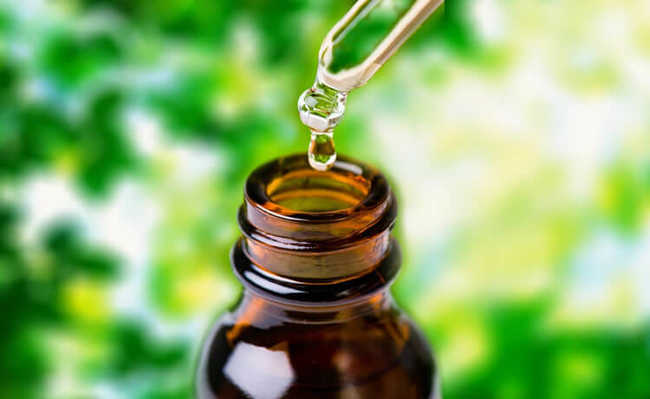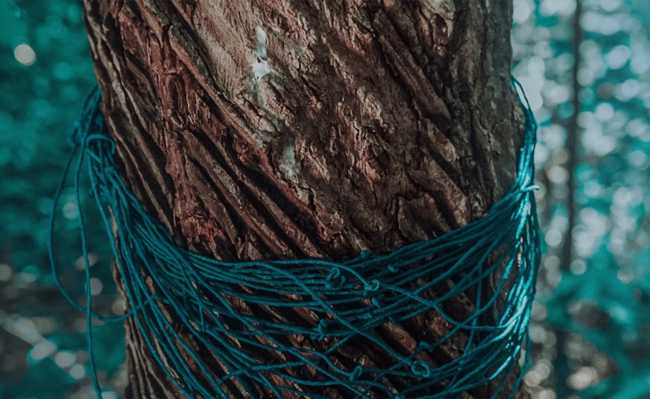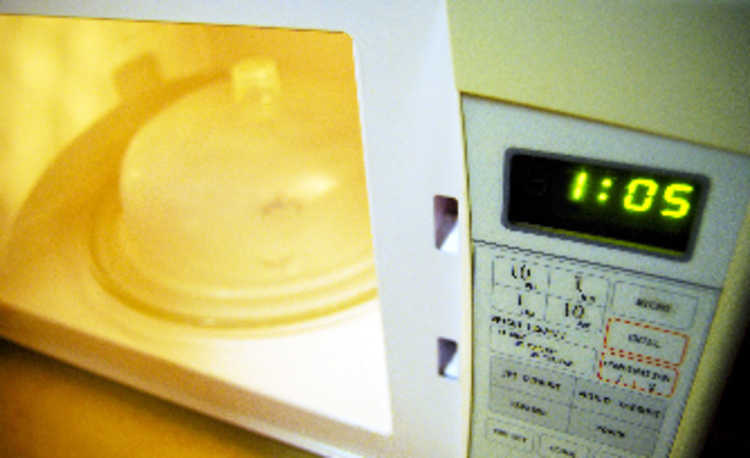Green clay: what is it for and benefits
Rich in iron oxide, green clay has benefits for hair, skin and health

Green clay belongs to the montmorillonite group and is the best known clay. It has the greatest diversity of elements, such as iron oxide associated with magnesium, calcium, potassium, manganese, phosphorus, zinc, aluminum, silicon, copper, selenium, cobalt and molybdenum. Its color is mainly due to the presence of iron oxide bound to other components.
- Magnesium: what is it for?
- Your brain loves magnesium, but do you know it?
- Green clay mask is great for skin
All clays are minerals that are less than two µm in size (micrometers - one thousandth of a millimeter) in a rock. They form from the degradation and decomposition of rock due to exposure to wind, water, rotting vegetation and chemical agents over the years, which cause changes in the mineral.
The components present in them confer therapeutic properties and many health benefits. But it is not today that the human being enjoys its qualities. Clays were one of the first forms of natural medicine known to man and were used by ancient civilizations as medicine, mainly for wounds. For some time now, they have become an excellent ally in aesthetic and medicinal treatments. The use of clay for treatments became known as clay therapy. See more about clays in the article "What is clay and what are its benefits?".
The quality and compositions of clays depend a lot on the region where they are extracted. There are several types of clay and each one is suitable for a specific purpose. Each type has a composition of different minerals and it is this composition of numerous components that gives clays different colors, properties and applications. Therefore, it is very important to know the composition before choosing which clay to use.
What is green clay for

Edited and resized image by Karen Maes is available on Unsplash
But after all, what is green clay for? Green clay has a neutral pH, great absorbent function, combats edema, is drying, emollient, antiseptic, bactericidal, analgesic and healing. It is indicated for oily and acneic skin and for the manufacture of products for the treatment of oily hair. It oxygenates cells, is a gentle exfoliant, promotes detoxification and regulates sebum production.
Green clay is one of the most used for body care. Because it has several components, it has many health benefits.
It has a neutral pH, has an astringent, toning and remineralizing action. The presence of iron plays an important role in cell respiration and electron transfer, leaving the skin hydrated, revitalized and firm.
- Iron: importance and impacts of its extraction
It is the most effective clay for oily and acne-prone skin, as it has drying, anti-inflammatory and great absorption capacity, absorbing excess oil and regulating sebum production. Another of the benefits of green clay is that it is detoxifying and acts as a light exfoliant, eliminating toxins and favoring cell renewal, in addition to smoothing the appearance of spots caused by pimples. So if you suffer from acne problems, green clay is the perfect color!
The silicon present in green clay plays a fundamental role in the reconstitution of skin tissue and in the defense of connective tissue, it is healing and regenerating, helping to reduce inflammation - it is good for treating wounds, edema and bruises.
Green clay applied to the body can relieve joint and muscle pain due to its analgesic and anti-inflammatory properties. It helps improve blood circulation and relieves abdominal problems.
In aesthetic treatments in clinics and spas, green clay is used to reduce measures, burn localized fat and reduce cellulite. When applied to streaked regions, green clay softens the appearance of the marks.
For hair, the hair mask with green clay is indicated for normal or oily hair, as it will absorb the oil from the scalp. As it is detoxifying and astringent, it is also good in anti-dandruff and anti-seborrheic treatments.
For hair that has gone through processes of straightening, relaxing or that use chemicals and have gotten allergies, applying clay throughout the hair will remove chemical residues from the strands, as it has the property of absorbing impurities.
How to prepare green clay
Green clay is found in powder form, so to apply it mix with pure water, hydrolates or saline solution. Clay alone already contains an amount of nutrients necessary for the uses mentioned above, and it is not necessary to mix it with creams. Always use glass or ceramic containers to make the paste, as metal ones can interfere with the minerals contained in the clay.
How to use green clay
For the face, apply the clay paste all over the face, except for the eyes and mouths and let it act for 20 minutes before removing it with water. It is normal for the skin to be reddened after removing the mask - finish with a moisturizer to relieve burning and redness. The mask can be done every two weeks. Clay-based products, such as soaps, can be used daily. Prefer to use it at night, to avoid aggressions caused by the sun's rays.
On the body, apply the clay paste on the affected or bruised area and let it act for about an hour, remove it as soon as it dries. The procedure can be done more than once a day.
As the clay will remove the oil from the hair, the strands may dry out. So apply only on damp scalp and let it act for about 20 minutes. The application of green clay along the entire length of the strands should only be done in cases of very oily hair, where the oiliness is not limited to the scalp. This hair mask will leave the hair clean, free from the greasy appearance, without dandruff or seborrhea. Do not rub the clay paste on the wires, as friction may damage them. The paste slides naturally over the threads without adding force. For best results you can finish the treatment with vegetable oils, see which one is most suitable for the desired purpose and apply after removing the clay.
As clays are considered anti-residues, they provide a deep cleansing of the scalp. For hair that contains chemicals, such as in the relaxation and straightening processes, the clay should be applied two months after the chemical procedure, as it can remove certain substances that are contained in this process. For those who wish to remove these substances due to allergies or irritation, green clay is indicated. Just apply it throughout the region where the procedure was performed.
You can make the green clay mask once a week or every 15 days. It is noteworthy that, for such benefits, clay must be natural and pure, free from chemical substances harmful to health.
Where to find green clay
You can find green clay, vegetable oils and other 100% natural products at eCycle store.










